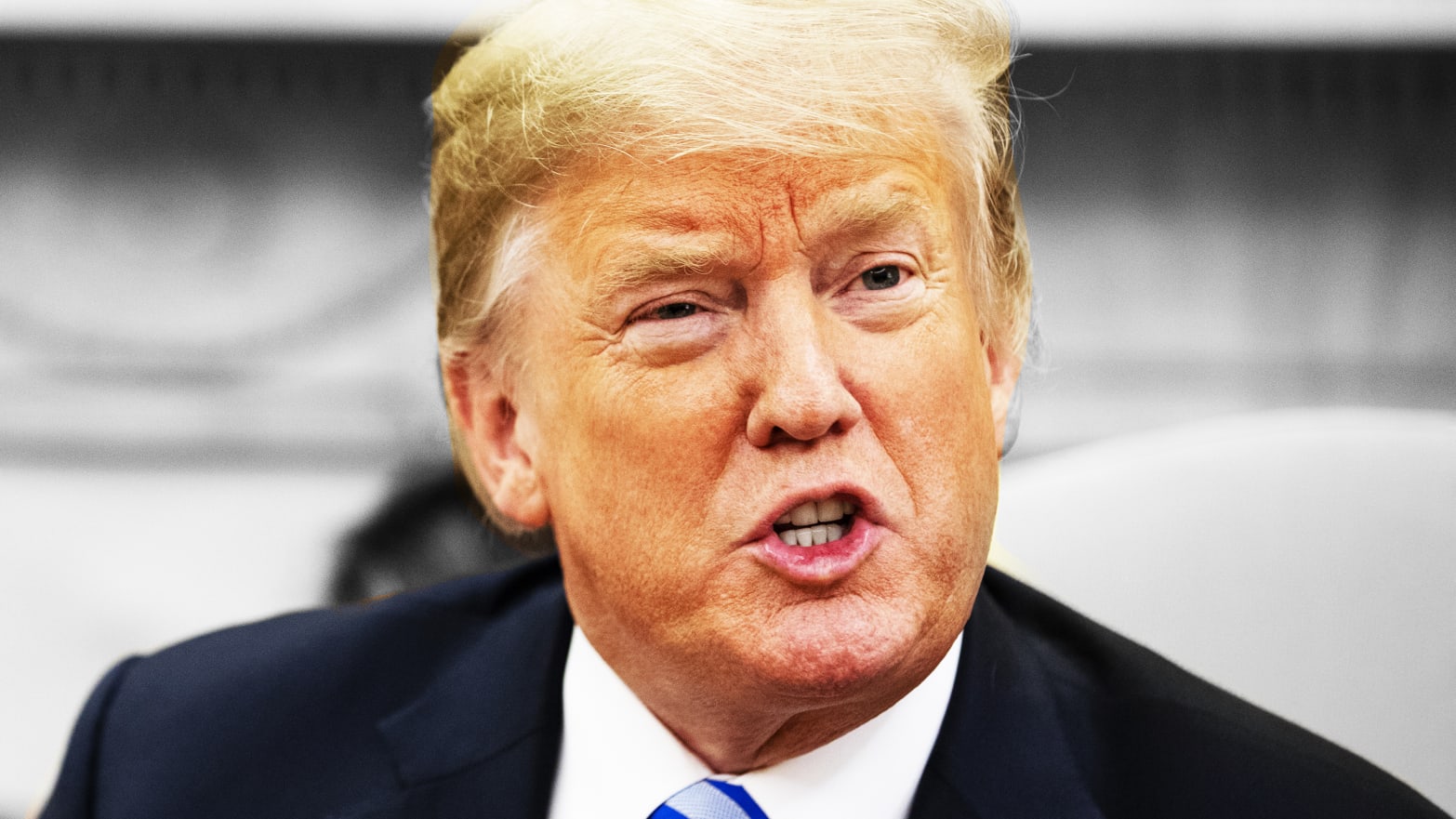When I worked as a features reporter at the Columbus Dispatch, I wrote a story about people who lived in the region, but hated Ohio State University football. I didn’t write about those who hate the Buckeyes because they were fans of other teams, but rather people who refused to be assimilated by the Buckeye Borg.
The Dispatch ran the story on the cover of the Features page on January 5, 2008. That just happened to be the same day OSU played Louisiana State University for the national championship. The Buckeyes lost, and a decent number of people in Central Ohio decided it was because of me. My story, apparently, had depressed the football team.
I received more than 100 emails that night and the next day. A lot of people said they were going to cancel their subscription. Others said they were going to find me and run me out of town. A few mentioned violence, saying that if I ever set foot on campus again, I would regret it.
I didn’t really take the threats seriously. I don’t think I even forwarded any of them to my editors. It was 2008, after all, a full decade before a madman murdered five journalists in a newsroom in Annapolis, Maryland, before candidate Donald Trump supporters wore T-shirts to rallies reading “Rope. Tree. Journalist. Some assembly required.” It was before the president routinely started labeling reporters and news organizations as the “enemy of the people.”
I’m a journalism professor now, a member of a tribe that is finding it has to change what and how it teaches when it comes to training tomorrow’s journalists because of the hateful rhetoric the president and his base use towards the free press. And also that it needs to further reinforce the fundamental things that still apply.
As they kick off the Fall 2018 semester, journalism professors are changing up everything from First Amendment discussions to reporter safety to how to properly address current events in class without falling down the Trump rabbit hole. Rory Laverty, who teaches introductory journalism courses at the University of North Carolina Wilmington (he is also a freelancer for The Washington Post and Newsweek, and has written for The Daily Beast), said he told his class on the first day that they won’t be talking about the president every day.
“Trump stories can just eat up your entire semester when it comes to current events,” he said, just an hour before he went in to teach that first course of the year. “There’s all this stuff that I want to talk about that is important, that has nothing to do with Trump, but if you let it, it will come up every day in discussion and become a dominant feature in the class, which I don’t want.”
Laverty is also planning to spend more time talking about the hazards facing journalists now, especially as he prepares students to go out into Wilmington to interview people for stories.
The same discussions are happening in journalism and broadcast classes at Kent State University in Ohio. Gretchen Dworznik, an assistant professor of journalism in the School of Journalism and Mass Communication, says she’s telling her students that they need to be more aware of their surroundings when they are out reporting.
“Journalists need to keep an eye on the temperature of the room, especially at a rally where the crowd mentality can kick in pretty quickly,” Dworznik, my former colleague at Ashland University, wrote in an email.
Dworznik, a former broadcast reporter, says that she also now advises students (and pros) to stick together when they have to cover something political, like a Trump rally.
“I know it’s a competitive business,” she says, “but at this point, journalists need to work in pairs when entering into an area where they know the anti-press sentiment will be high. Anyone who has ever covered a tragedy of some sort has felt the stares and endured the vulture taunts from people who don’t think the press should be there, but it usually ends there. I think in the political arena, it’s different now. I can’t say for sure that it would end with just stares and taunts.”
After all, last May Guardian reporter Ben Jacobs—a former Beast—was body-slammed by a Republican candidate for Montana’s congressional seat. Greg Gianforte is now a member of Congress, who Donald Trump recently praised last week for violently ambushing a journalist simply doing his job:
“This man has fought,” said Trump, pausing for effect, “in more ways than one, for your state. He has fought for your state. Greg Gianforte. He is a fighter and a winner.”
A couple of weeks ago, a California man was arrested for threatening to kill reporters at The Boston Globe. “You’re the enemy of the people and we’re going to kill every fucking one of you,” Robert Chain said in a recorded call to The Boston Globe.
“Now that the president has called us the enemy of the people,” Laverty says, “I do talk to the reporters, especially when they’re going off campus for a story, about how to comport themselves, how to stay safe, how to not get themselves in situations where they may come to some harm.”
Past safety, those who teach journalism are adjusting their talks this fall in other ways.
Francine Huff, the Knight Chair for Student Achievement at Florida A & M University in Tallahassee, said she has always taught, as any journalism professor should, the importance of accuracy in reporting. But now, she’s finding herself doubling down on those discussions.
“I really emphasize to the students the importance of using viable sources and vetting their sources, especially if they’re looking at online sources, and fact-checking and making sure that they really are paying attention to getting the information right so that what they’re putting out, you don’t want to give someone a basis to accuse you of being fake news,” Huff says.
Jeff Sharlet, an associate professor of English at Dartmouth College, actually changed an entire mid-level journalism course that he’s taught before into one that is focused on investigative reporting. At Dartmouth, there isn’t a journalism major, but a lot of English and creative writing students take Sharlet’s courses because they are interested in journalism.
“In my own practice, I do a lot of investigative journalism, but it’s never actually been part of my teaching,” says Sharlet, a magazine writer and author of The Family, a book examining the group behind the National Prayer Breakfast, a network of people “dedicated to a religion of power for the powerful.”
The breakfast Shartlet has called “a backdoor to American power” was on the front page this summer when it emerged that NRA-backed alleged Russian agent Maria Butina had attended two of them
This year is “the first time I’d ever taught investigative journalism,” Sharlet says. “And I didn’t need to explain to students why I was doing that now. There’s a lot of demand for the class.”
The students weren’t doing political investigations in the class; several focused on the opioid crisis that is hitting the region around the university hard. But students also read a lot of investigative journalism to see what works and what doesn’t, what questions are being asked and what questions left unasked or unanswered.
I’ll be making my own adjustments this fall. In News Writing—our introductory Digital Journalism course at Fairfield University that is typically made up of journalism and communication students—I’ve always taught the elements of newsworthiness. One of them, of course, is prominence.
There is nobody more prominent than the president of the United States, which is why whenever he says (or tweets) something, it is immediately put forth as news, no matter how factually inaccurate it is. When Sarah Huckabee Sanders stands in front of White House reporters and tells verifiable lies, they are also immediately published and aired on television. We need to rethink prominence, though, and the idea that everything someone who is prominent says is automatically news.
That’s why I’m going to teach a little bit of Dan Gillmor this semester. Gillmor teaches digital media literacy at the Walter Cronkite School of Journalism and Mass Communication at Arizona State University, and has been critical of the White House press corps and other journalists for publishing everything the president and those around him say. In June, he published an open letter to newsrooms: Dear Journalists, Stop Being Loudspeakers for Liars.
“Your job is not to uncritically ‘report’—that is, do stenography and call it journalism—when the people you’re covering are deceiving the public,” he wrote in the piece. “Your job is, in part, to help the public be informed about what powerful people and institutions are doing with our money and in our names.”
My students will read that, and then we’ll talk about how these ideas expand beyond national political reporting, how they can filter all the way down to hyper-local news.
Sharlet says he’s now talking all the time about the First Amendment, not just in his journalism courses but in everything he teaches.
That’s ultimately what journalism professors are working to get across. We—and when I say we, I mean the pros, the students, the professors—are here for a reason.
Ben Montgomery, the author of three books and a former reporter for the Tampa Bay Times, where he was a Pulitzer finalist for his series on the boys who didn’t survive the Dozier School for Boys, is going to be teaching his first journalism course this fall, a seminar of investigative storytelling as the University of Montana’s T. Anthony Pollner Distinguished Visiting Professor.
“To me, it comes down to a question of audience,” Montgomery wrote to me in an email. “Who are we trying to reach? For my students; who are they writing for?”
“My goal is to teach how to dig,” Montgomery says, “how to right wrong, how to expose crime and corruption, how to best serve readers who participate in the democracy.”
That’s what it comes back to. Democracy.

